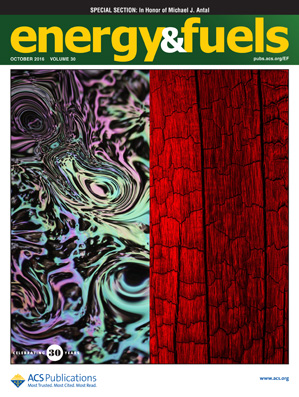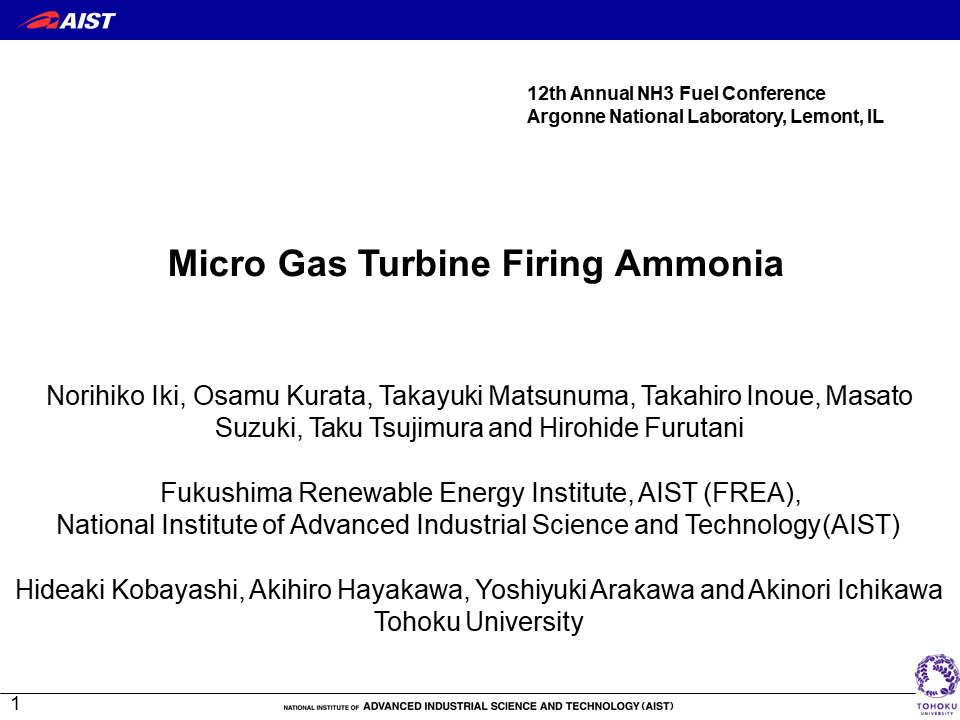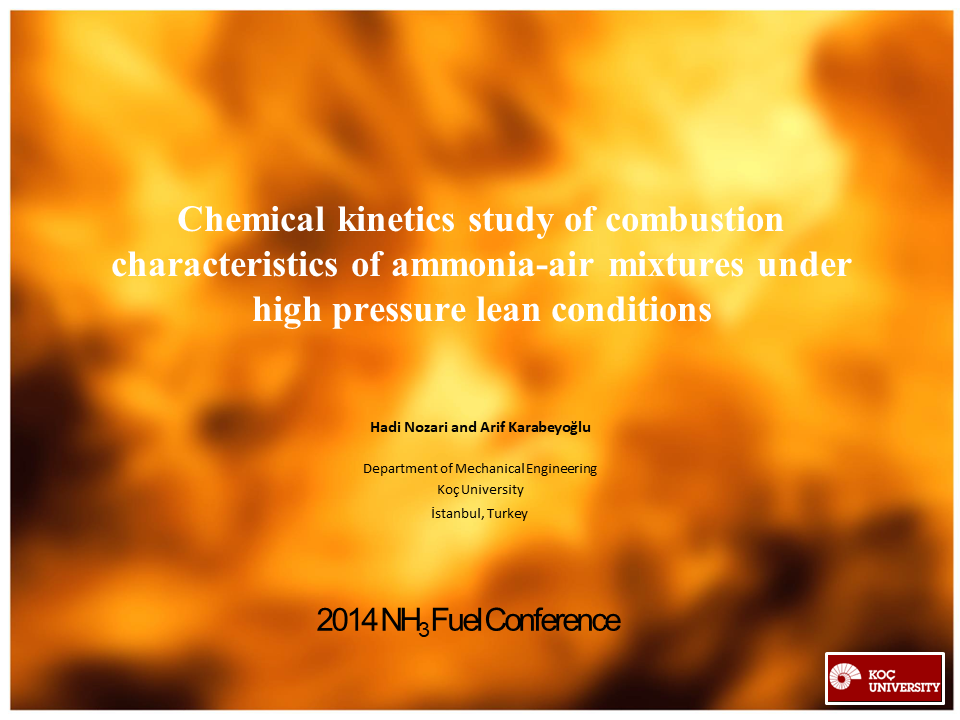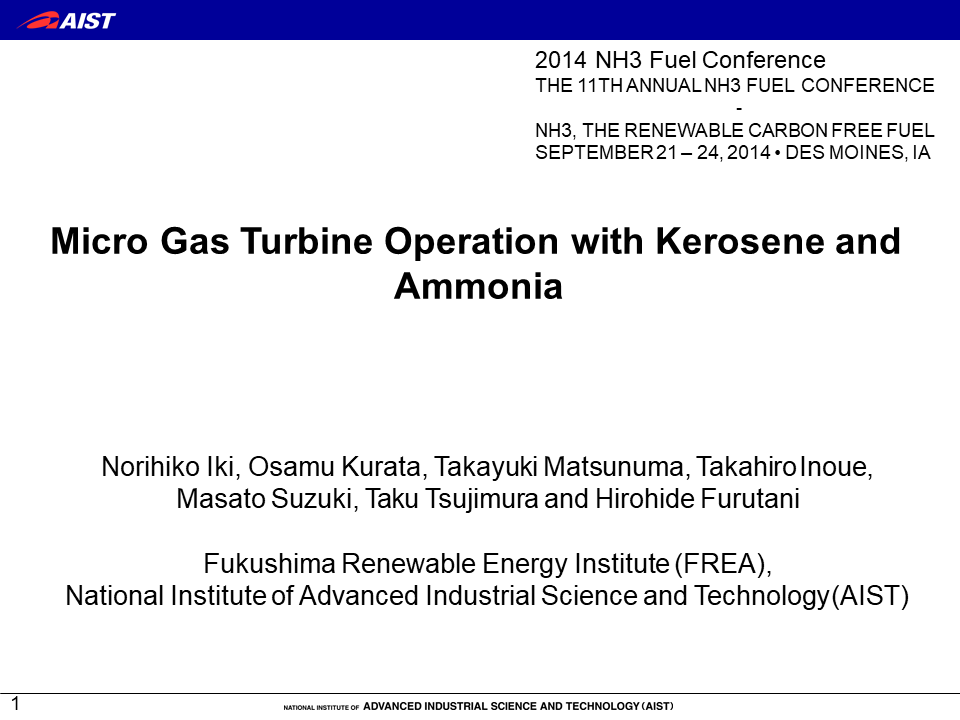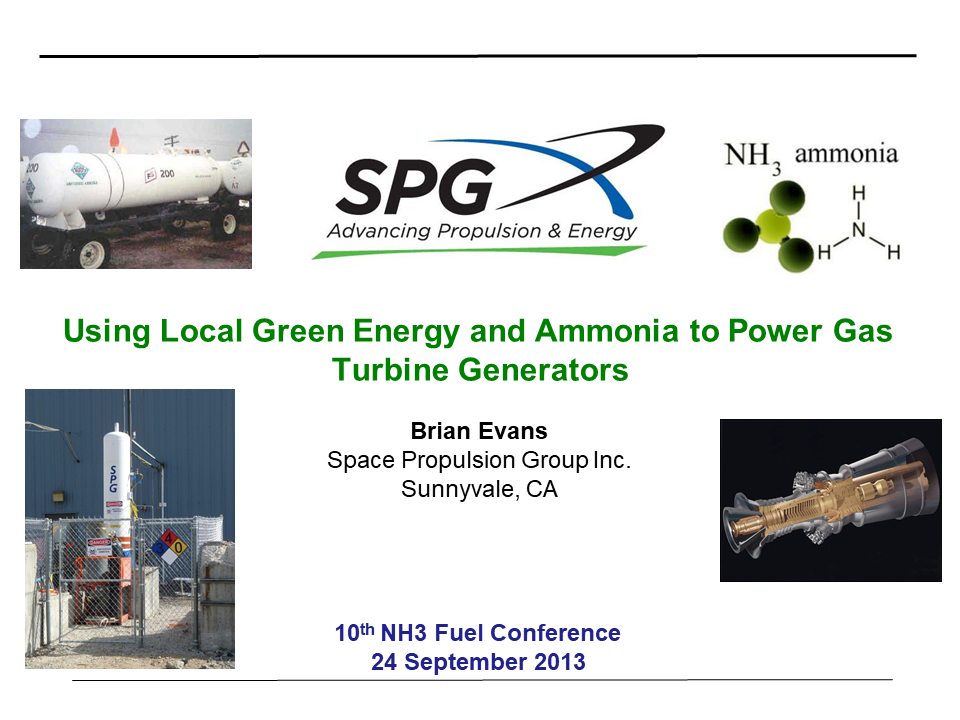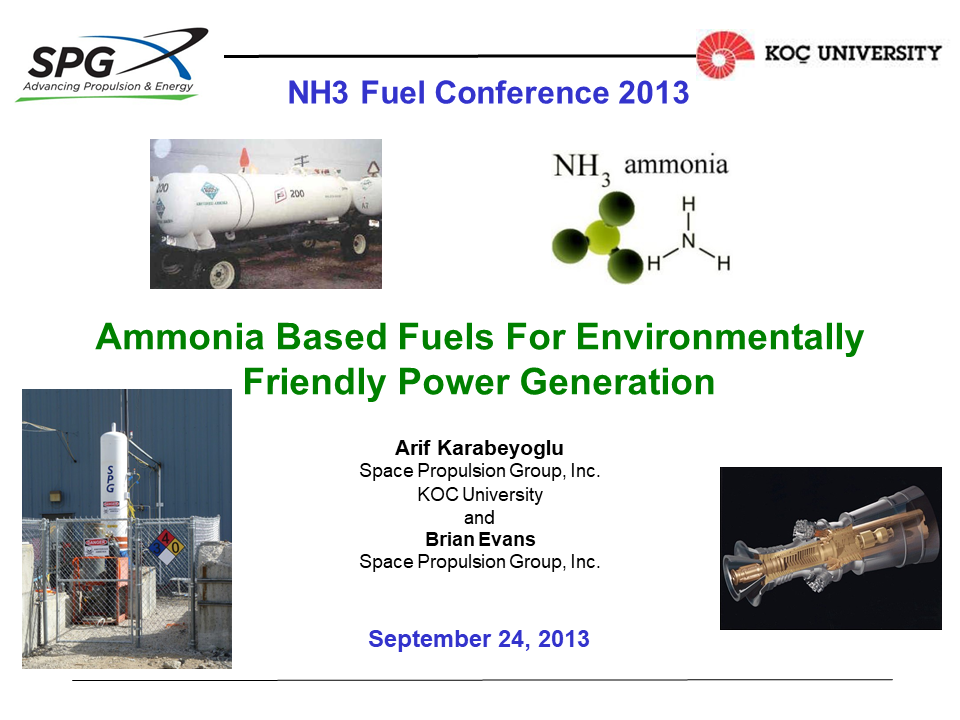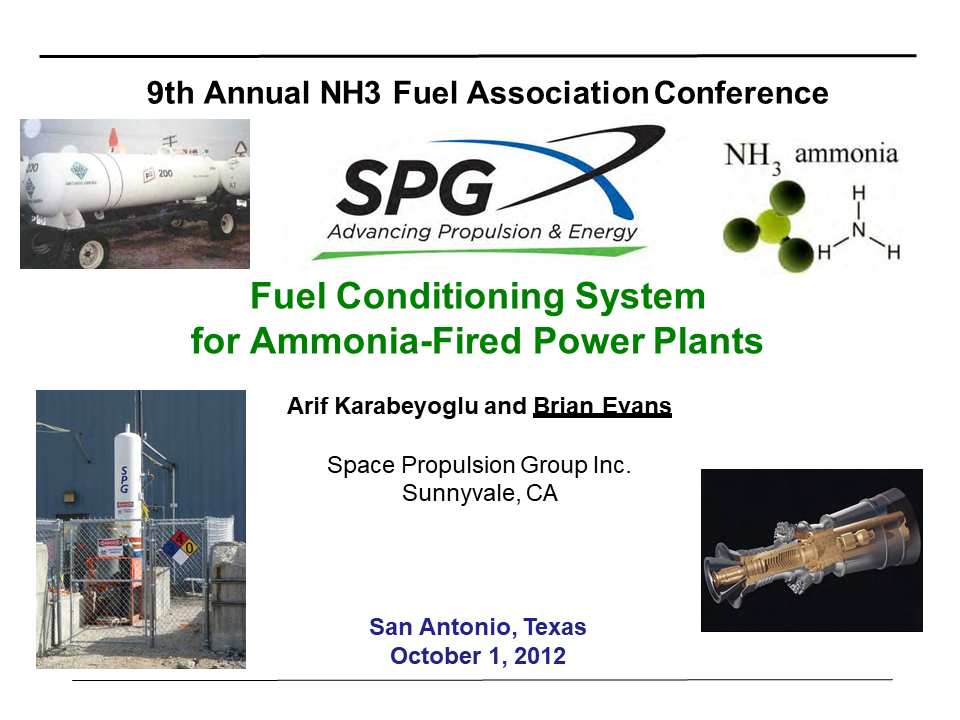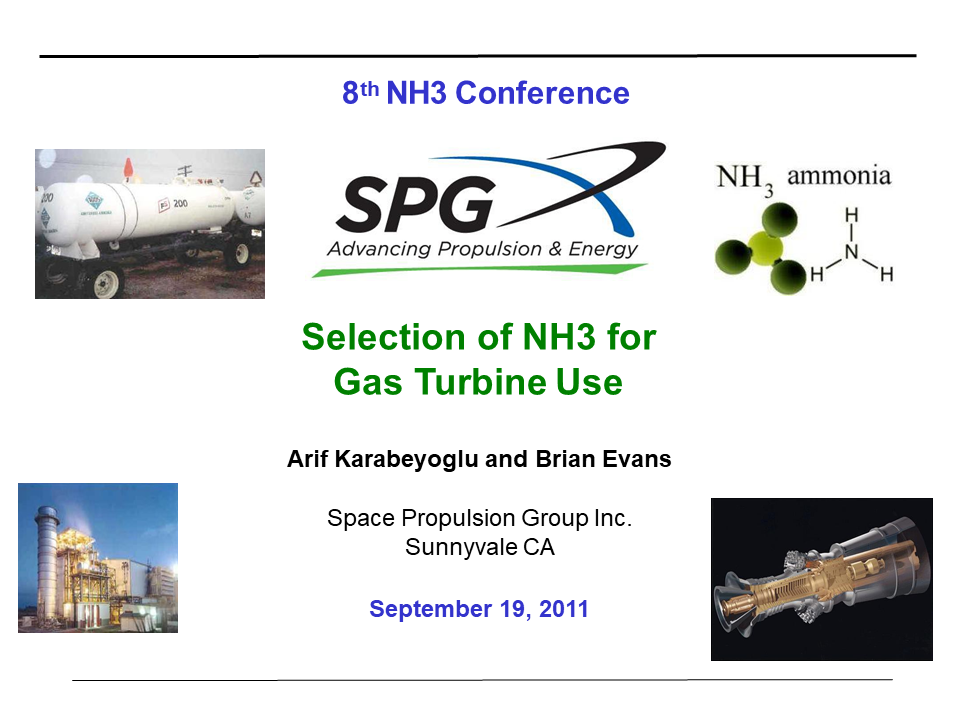Japan's Fourth Strategic Energy Plan
The Cabinet of the Government of Japan adopted the country’s Fourth Strategic Energy Plan in April 2014. The Plan includes a Strategy for Hydrogen & Fuel Cells which is being executed by the Ministry of Economy, Trade and Industry (METI). The accompanying H2/FC Road Map includes an investigation of three materials that can carry the energy embodied in molecular hydrogen: liquid hydrogen, organic hydrides such as methylcyclohexane, and ammonia.

